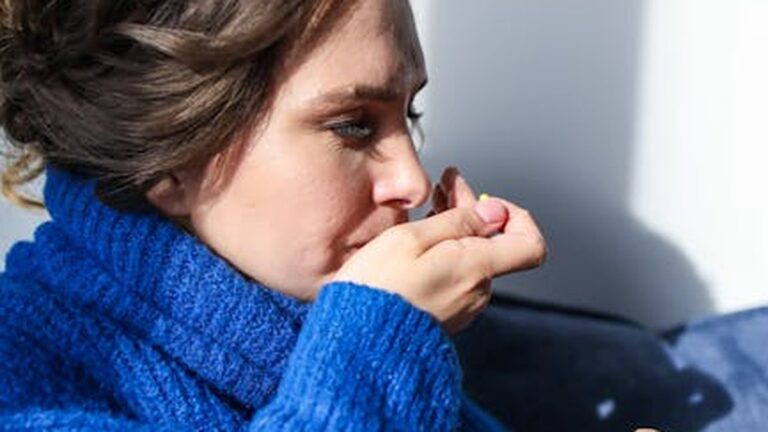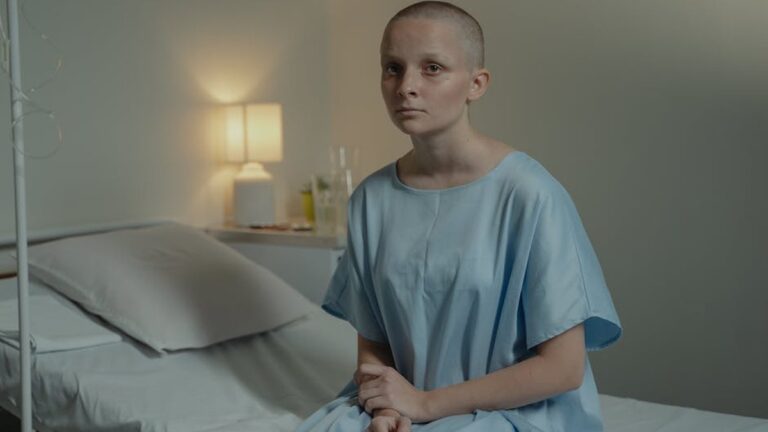SAD Therapy: Light & Effective Treatments
Understanding Seasonal Affective Disorder (SAD)
As the days get shorter and the weather turns colder, many people experience a dip in their mood. For some, this is more than just the winter blues; it’s Seasonal Affective Disorder (SAD), a type of depression related to changes in seasons. SAD Therapy aims to alleviate these symptoms and improve overall well-being.
Seasonal Affective Disorder is characterized by recurring depressive episodes that typically begin in the fall or winter and remit in the spring or summer. While less common, some individuals experience SAD during the summer months. Understanding the causes and symptoms is the first step toward finding effective SAD treatment options.
What Causes SAD?
The exact cause of SAD isn’t fully understood, but several factors are believed to play a role:
- Circadian Rhythm Disruption: Reduced sunlight during the fall and winter can disrupt the body’s internal clock (circadian rhythm), leading to feelings of depression.
- Serotonin Levels: A drop in serotonin, a neurotransmitter associated with mood regulation, may contribute to SAD. Sunlight helps boost serotonin levels.
- Melatonin Levels: Increased melatonin levels, a hormone that regulates sleep, can make you feel tired and sluggish.
- Vitamin D Deficiency: Reduced sunlight can lead to lower levels of Vitamin D, which is important for overall health and mood.
Recognizing SAD Symptoms
The symptoms of SAD are similar to those of major depression, but they tend to be Seasonal. Common symptoms include:
- Persistent feelings of sadness, hopelessness, or emptiness
- Loss of interest in activities you once enjoyed
- Fatigue and low energy levels
- Changes in appetite or weight, often with cravings for carbohydrates
- Difficulty concentrating
- Sleep problems, such as oversleeping or insomnia
- Irritability
- Feelings of worthlessness or guilt
- Thoughts of death or suicide
If you’re experiencing these symptoms, it’s important to seek professional help. A healthcare provider can diagnose SAD and recommend appropriate SAD therapy.
Light Therapy for SAD: A Bright Idea
Light therapy for SAD, also known as phototherapy, is a common and effective treatment. It involves sitting near a special light box that emits bright light, mimicking natural sunlight. This can help regulate your circadian rhythm and boost serotonin levels.
How Light Therapy Works
A light box emits a bright, full-spectrum light that is much brighter than ordinary indoor lighting. The light enters through your eyes and affects brain chemicals linked to mood. SAD symptoms relief can often be achieved with consistent use.
Using a Light Box Effectively
Here are some tips for using a light box effectively:
- Timing: Use the light box first thing in the morning, typically for 20-60 minutes.
- Distance: Follow the manufacturer’s instructions for the recommended distance from the light box. Usually, this is about 12-24 inches.
- Eye Safety: Don’t look directly at the light. Keep your eyes open and look in the general direction of the light.
- Consistency: Use the light box daily, even on sunny days, for the best results.
- Consult Your Doctor: Talk to your doctor before starting light therapy, especially if you have a history of eye problems or are taking medications that increase sensitivity to light.
Example: Sarah, a 35-year-old teacher, experienced significant improvements in her SAD symptoms after using a light box for 30 minutes each morning. She reported feeling more energetic, less irritable, and better able to concentrate on her work.
Potential Side Effects
Light therapy is generally safe, but some people may experience mild side effects, such as:
- Headaches
- Eye strain
- Nausea
- Irritability
- Insomnia
These side effects are usually mild and temporary. Adjusting the duration or distance of the light box can often alleviate them.
Other Effective SAD Treatment Options
While light therapy is a cornerstone of SAD therapy, other treatment options can also be helpful. These include medication, psychotherapy, and lifestyle changes.
Medication
Antidepressants, particularly selective serotonin reuptake inhibitors (SSRIs), can be effective in treating SAD. SSRIs help increase serotonin levels in the brain. Your doctor can help determine if medication is right for you.
Psychotherapy
Cognitive Behavioral Therapy (CBT) can help you identify and change negative thought patterns and behaviors that contribute to SAD. CBT can also teach you coping skills to manage symptoms. Interpersonal therapy (IPT) focuses on improving relationships and social support, which can also be beneficial.
Lifestyle Changes
Making certain lifestyle changes can help alleviate SAD symptoms:
- Maximize Sunlight Exposure: Spend time outdoors during daylight hours, even on cloudy days.
- Regular Exercise: Physical activity can boost mood and energy levels. Aim for at least 30 minutes of moderate-intensity exercise most days of the week.
- Healthy Diet: Eat a balanced diet rich in fruits, vegetables, and whole grains. Avoid processed foods and sugary drinks.
- Vitamin D Supplementation: Talk to your doctor about taking a vitamin D supplement, especially during the winter months. Studies show that Vitamin D deficiency can worsen SAD symptoms.
- Stress Management: Practice relaxation techniques, such as yoga, meditation, or deep breathing, to manage stress.
- Social Support: Connect with friends and family. Isolation can worsen SAD symptoms.
Case Study: John, a 48-year-old accountant, combined light therapy with regular exercise and stress management techniques. He found that this comprehensive approach significantly reduced his SAD symptoms and improved his overall quality of life.
Finding Winter Depression Help
Living with SAD can be challenging, but with the right treatment and support, you can manage your symptoms and improve your well-being. Don’t hesitate to seek professional help if you’re struggling. A healthcare provider can diagnose SAD and recommend a personalized treatment plan.
Remember, you are not alone. Millions of people experience SAD each year. With effective SAD therapy, you can find relief and enjoy the winter months.
References
-
National Institute of Mental Health
– National Institute of Mental Health research and resources. -
American Psychological Association
– American Psychological Association mental health guidance. -
World Health Organization Mental Health
– Global mental health initiatives and research.
Conclusion
Seasonal Affective Disorder is a real and treatable condition. By understanding the causes and symptoms of SAD, and exploring various SAD therapy options such as light therapy, medication, psychotherapy, and lifestyle changes, you can take control of your mental health and find relief from winter depression help. Remember to consult with a healthcare professional to determine the best course of treatment for your individual needs. Embrace the available resources and support systems to navigate the winter months with greater ease and well-being.






